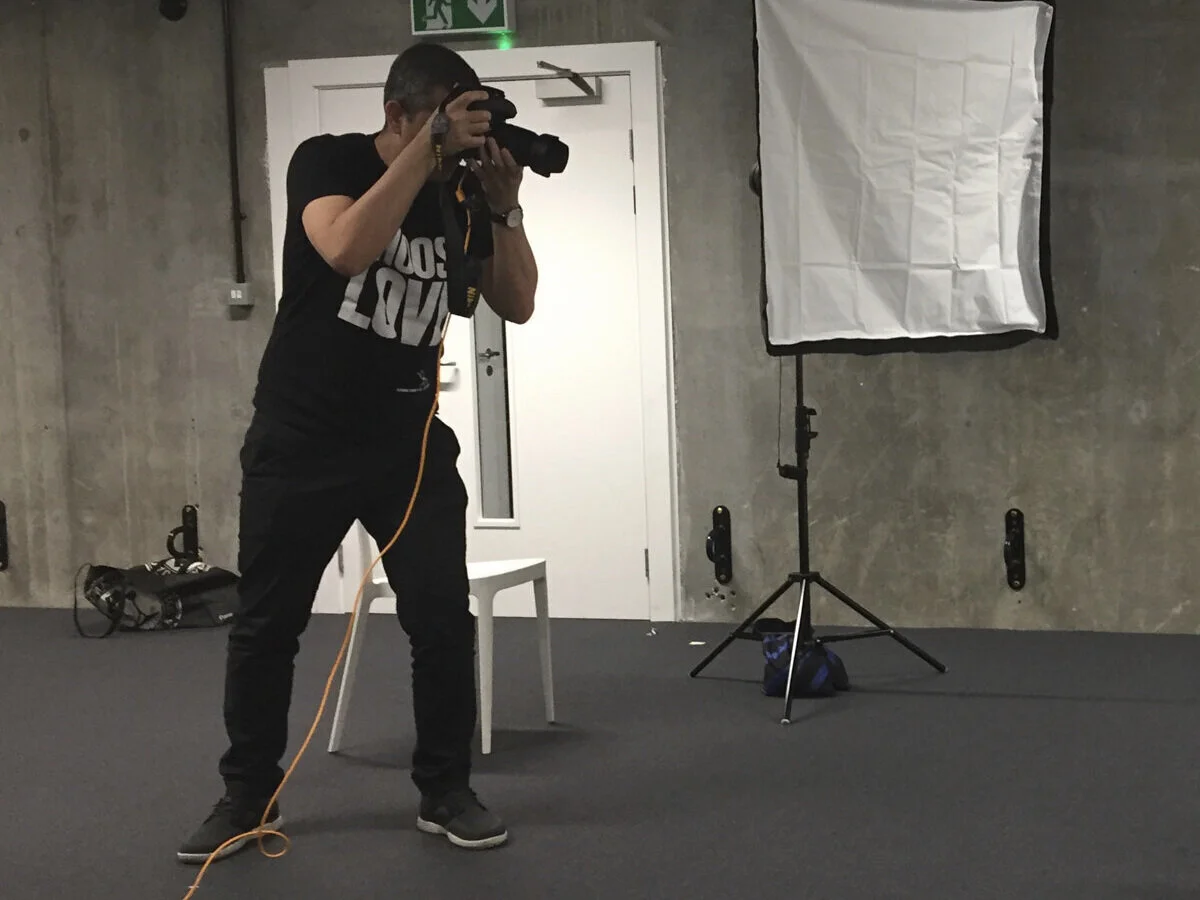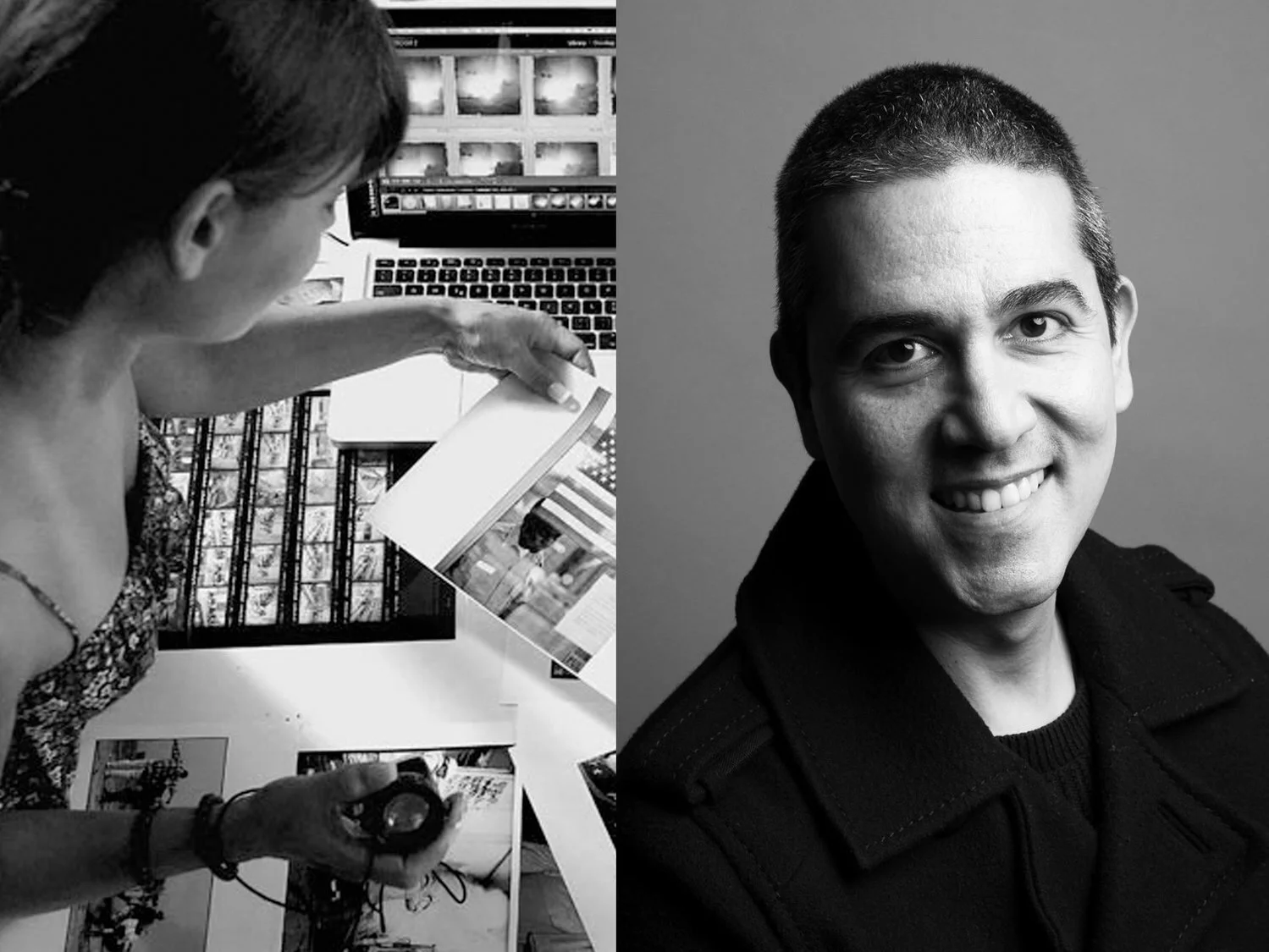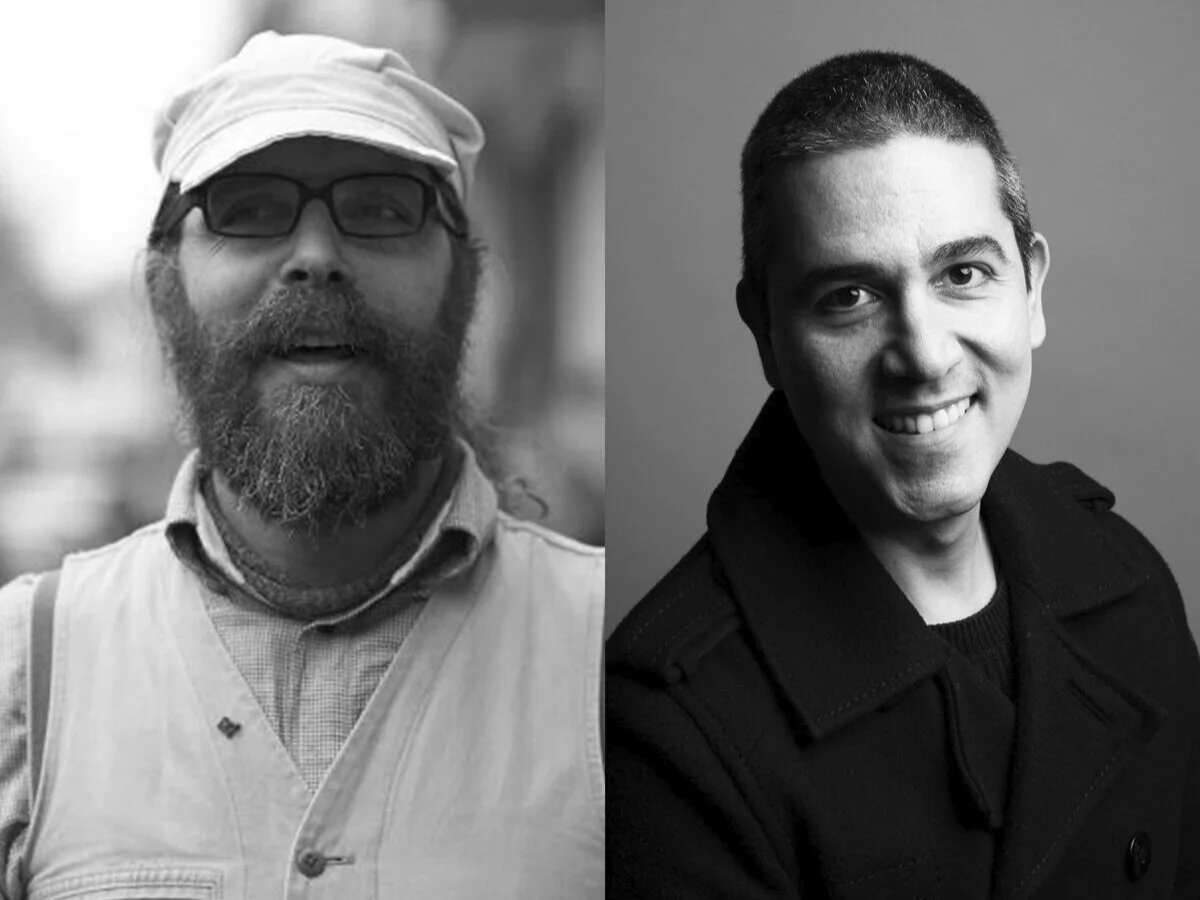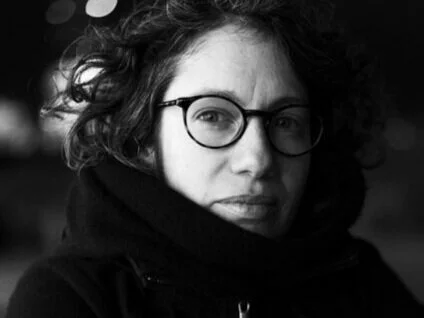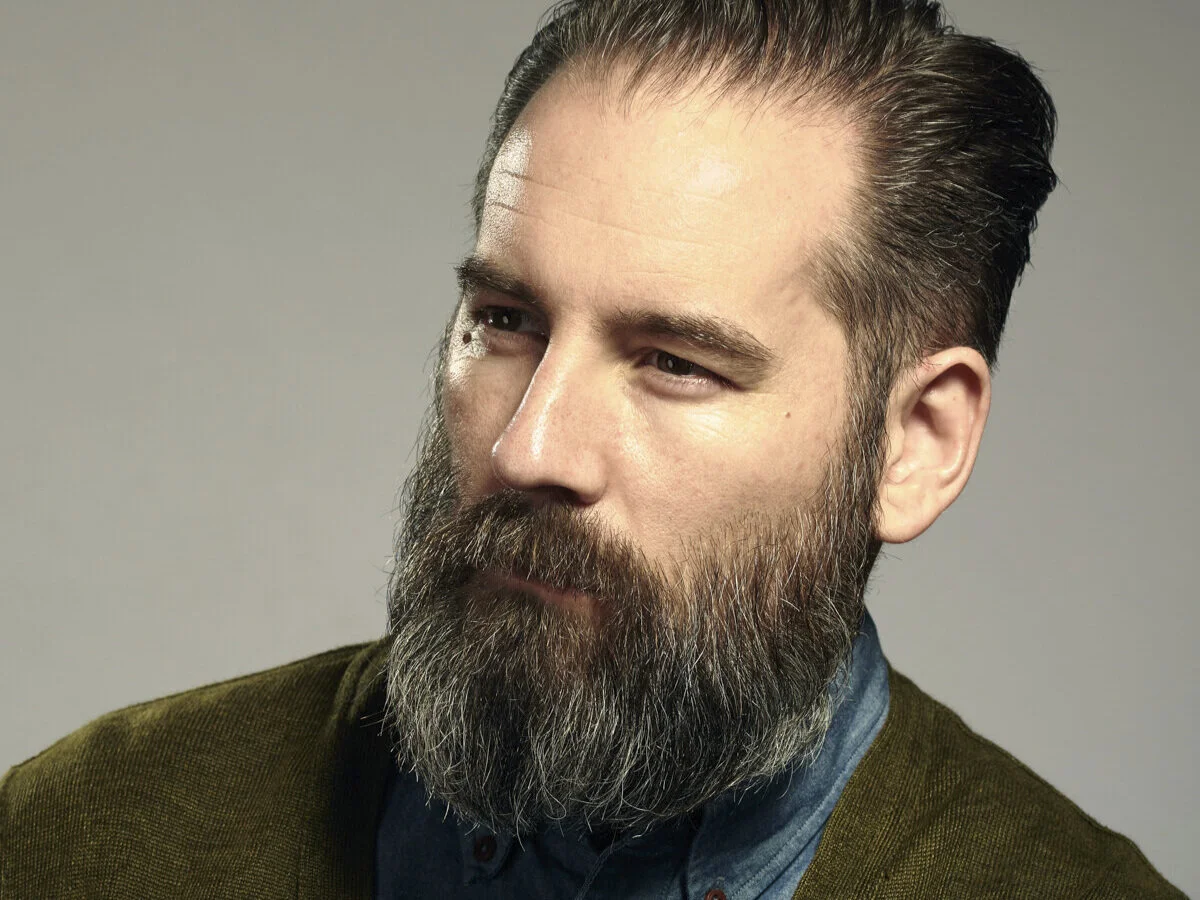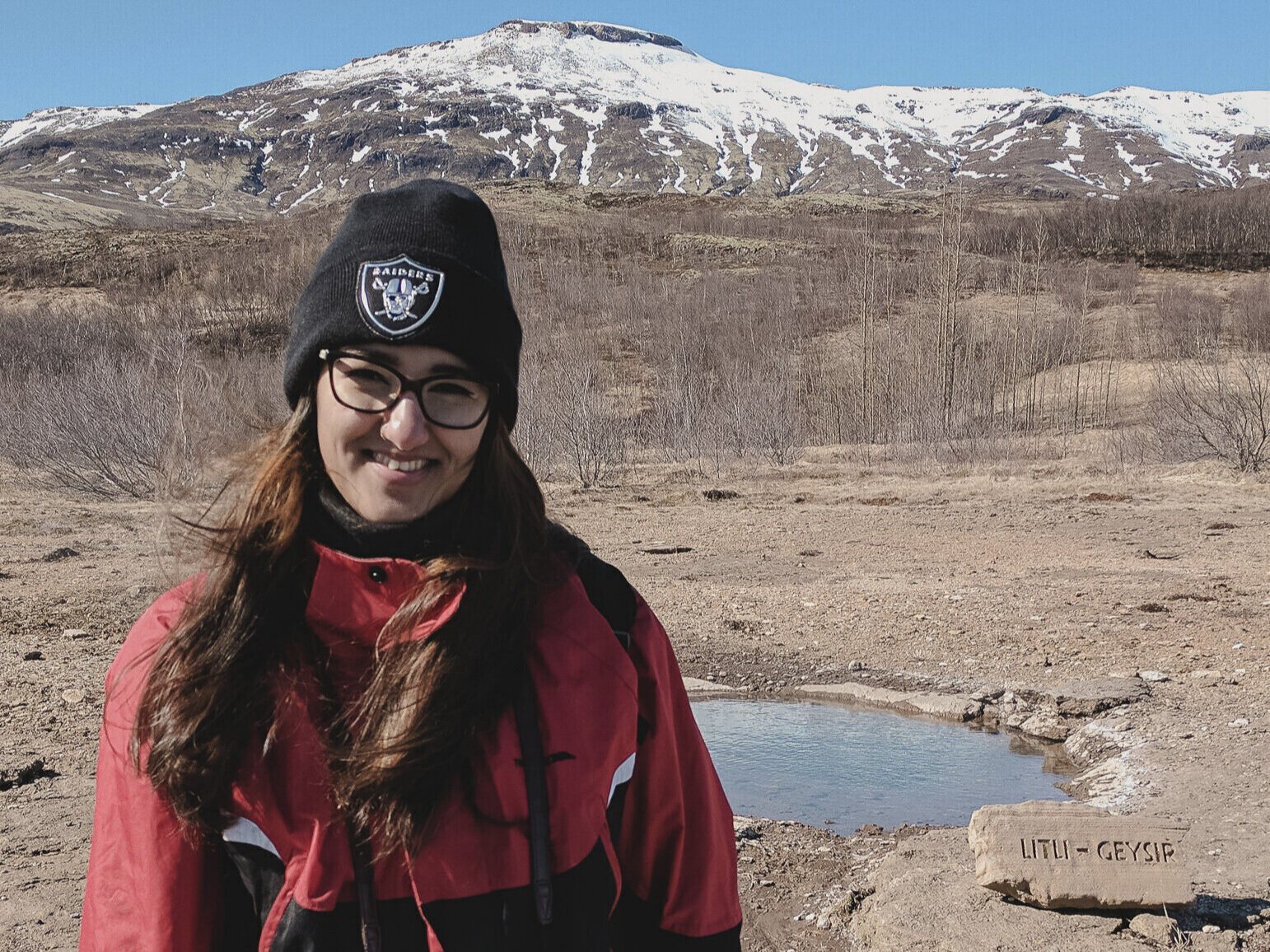This is the Twentieth-Second post in my series of posts where I speak with people in the creative industries and ask them questions about the things that “I Wish I Had Known” when I started out as a creative myself.
Before the holidays, I had the honour of chatting to Sarah Tucker, a retoucher with over 10 years of experience who has worked for the likes of Rankin and Conde Nast, and we spoke about career options for retouchers, ethical considerations in retouching and the advice that she has for brands and photographers who hire retouchers for their jobs:
1- For most people, when they hear the word retouching they think of Photoshop and blurred skin. But, what exactly is retouching?
Retouching, broadly speaking, is simply editing or digitally manipulating a photograph. So a retoucher would generally be responsible for anything from cleaning in Photoshop a studio floor that got dirty on the day of the shoot, to compositing a subject onto a background plate, to colour grading an image, to ironing out clothing and making it fit properly, to recolouring products, all the way through to what is generally associated with retouching: evening-out skin and removing blemishes.
2- Why do we need retouching?
There are a number of reasons why we need retouching. It’s often not possible to photograph everything as needed on the day of the shoot. For instance, a brand might have a prototype of a product that was used on the shoot but the design has since changed. In this case, the retoucher would need to comp the new version of the product into the image or edit the details to match the finalised design. Campaigns often need different versions of an image with different aspect ratios and they need images extended to fit these. Those are some common practical requests.
Then, there are the details that become visible in a still image that simply are not usually visible to the human eye or in videos. One example of this might be the mesh of a wig that you would never really notice until your eye is able to rest on and study a still image.
I personally think that the human eye offers a lot of grace to what it's viewing in real life, but cameras with super sharp lenses and large sensors are able to capture and freeze details in a way that brings out distractions which we would otherwise not usually notice. Slight facial hair on an upper lip, nasal hair, etc – all stands out and becomes much more prominent – so retouching is a way to remove these distractions and allows an image the same level of “grace” that the human eye gives. Studio lighting usually enhances luminosity inconsistencies in the skin which retouchers commonly even out with a technique called dodge and burn.
Then there is just life, on the day of a big campaign shoot you wake up to a huge stress pimple. Retouching can remove these temporary blemishes for you. The problem comes in when retouchers overdo it and start to make people look like mannequins, change their actual features or try and reach for some unattainable level of perfection. Luckily the industry, especially in Europe, is moving further and further away from this kind of retouching.
3- How does one become a retoucher? Is this something that you study?
Most of the retouchers I have met learned retouching on the job being taken in as junior retouchers by studios and trained up. A lot of people have studied photography courses which included some retouching lessons, or design courses that introduced them to Photoshop. I haven’t yet personally heard of a retouching specific degree. Honestly, though, there is a wealth of knowledge online as well which makes teaching yourself quite possible.
4- What are the career options for people wanting to become retouchers?
There are a number of options. depending on the type of retouching that interests you. You can specialise in one specific field of retouching such as beauty, fashion, e-commerce, automotive or still life. You can work on set as a digital operator overseeing the capture and cataloguing of images on a shoot. You can also work in restoration for archive departments and repair damaged or faded images.
5- If photographers can edit their own work, what's the role of the retoucher?
Some photographers simply dislike retouching and choose to outsource it. Other photographers don’t have the time needed to give both shooting and retouching the level of attention they need. Then there are photographers who would rather get someone who has put all the years of training, experience, and expertise that they have put into mastering photography into mastering retouching. Trusting someone who does this as a full-time professional helps them reach their vision for a shoot or image.
6- Does the work of a retoucher have copyright and should retouchers be credited in editorials?
The retoucher does not own the copyright and most retouching studios will in fact get you to sign a contract specifying that you will not share or distribute the images in any way and may ask that you delete all work form your personal machine once a job is complete. I have actually worked in studios where mobile phones were not allowed in the retouching room in case anyone tried to photograph the images on the screen.
When it comes to crediting the retoucher, I personally think that the retoucher should be credited along with all the other creatives. Some photographers fear other photographers “poaching” their retouchers. Others, out of respect for the model/subject, don’t like to imply that the image was retouched at all. I think we all know now though that almost every commercial image you see online has been retouched in some way and this shouldn’t really be a concern.
7- Are there any retouchers’ networks?
There are, indeed. I’d say the networks I am most familiar with are Facebook groups such as Retouching Academy.
8- Are there any online resources for retouchers where they could learn and improve their skills?
There are many helpful retouching YouTube channels such as Phlearn which is a great free resource. Then you can buy courses from platforms such as Retouching Academy or individuals such as Pratik Naik (Soltice Retouch), or the late but very skilled Gry Garness, to name a few.
9- I love how you say on your website that you try to keep a natural-looking retouching workflow and that, if done well, your retouching should be invisible to the viewer. What ethical considerations do retouchers need to take into account when doing their job?
Unfortunately, the end call doesn’t really often fall on the retoucher’s shoulders when it comes to these considerations. We are generally following a photographer or brand’s brief and their call is the last one. You can try and suggest a direction or approach but it is ultimately up to the client. Personally, I do not like to change permanent features or liquify shapes or significantly alter skin tones.
10- We seem to be going through an anti-perfection era. How does this affect the work of retouchers?
I think it is actually a great thing as far as most retouchers are concerned. It takes more skill to know how to keep things natural than it does to overdo it. There is so much more to retouching than asking for perfect bodies and perfect skin, so I don’t think it’s a threat to our industry, really. A quality retoucher will usually prefer a natural approach and will work hard to preserve details and features and only remove small distractions keeping the realism and integrity of the image.
11- What advice would you give to brands and publications requiring the services of retouchers?
With retouchers, as with most professionals, you generally get what you pay for so I would prioritise adding an industry-standard budget for retouching and I would also highly recommend doing your research prior to hiring a retoucher. Make sure they already have the quality of retouch you are looking for in their portfolio. You spend and invest so much money on hiring the right models, makeup artists, stylists, studios, etc, why on earth would you choose to cut the quality when it comes to hiring the professional who is going to finish the images off.
Then, I would say make use of your retoucher before the day of the shoot. They can help you give them the best images to work with. A simple example might be that if you are changing the colour of the background to various different options in post, a retoucher might suggest that you shoot the images on a mid, neutral grey backdrop which would mean that both darker and lighter hair colours will be easy to separate and there won’t be any colour cast on the model from the background. There are much more complex cases where comping is concerned. For example, where a retoucher might be able to help you capture the plates that they will need when putting everything together.
Being clear with your brief and supplying references for the grade or level of retouch you want can be helpful when first working with a retoucher before they learn your personal style and priorities. Giving direction always ultimately helps getting the first round closer to where you would like it and can avoid multiple rounds of retouching with a lot of back and forth.
Then, lastly, always allow time for amends. They are a normal part of the retouching process and the best work is never rushed. So build rounds into your timeline.
12- Where can we find your work?
Unfortunately, most of my work is not publicly available. You can however visit www.frecklebeauty.co.uk to see the images I have both taken and retouched myself, or you can visit @sarahtuckerretouching on Insta to see some of the work that I am allowed to display.
Amazing! Thank you so much Sarah for taking the time to answer my questions and for explaining with such care what Retouching is all about. This is everything that "I Wish I Had Known"!























